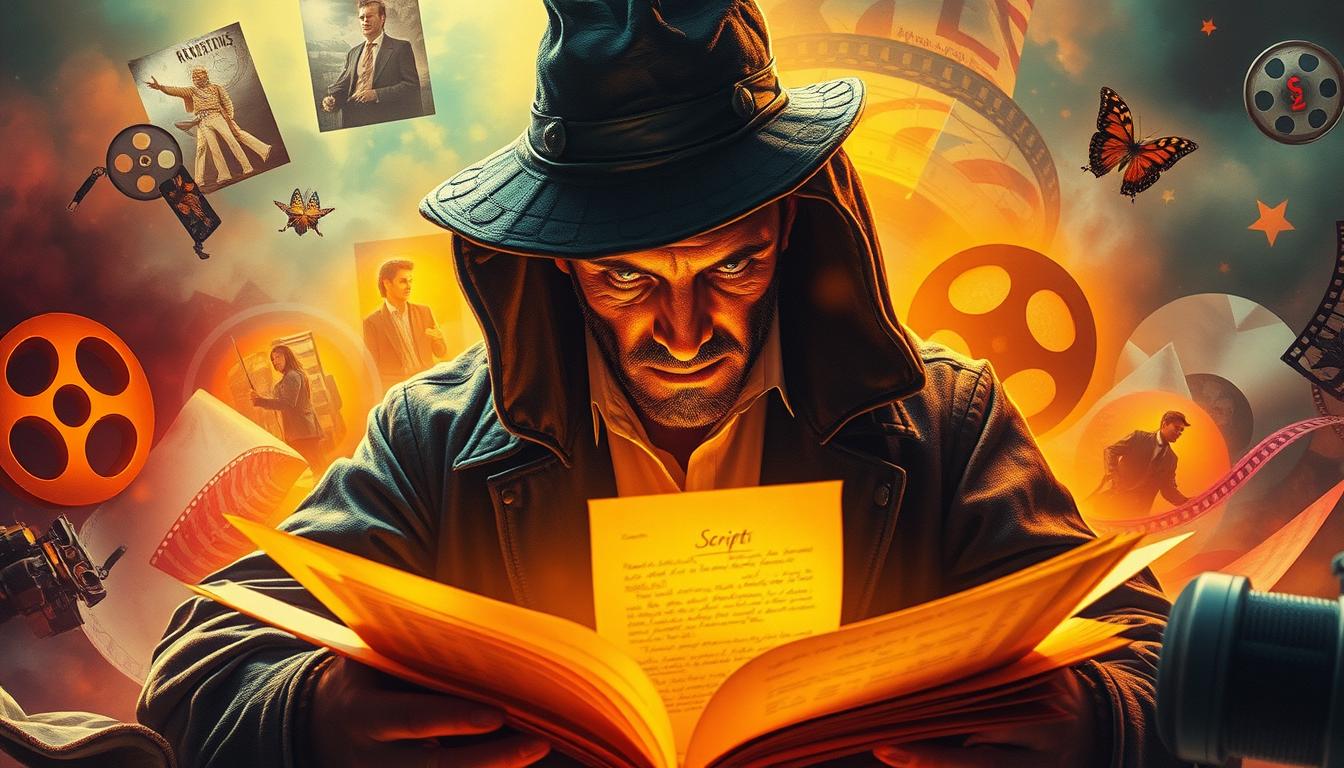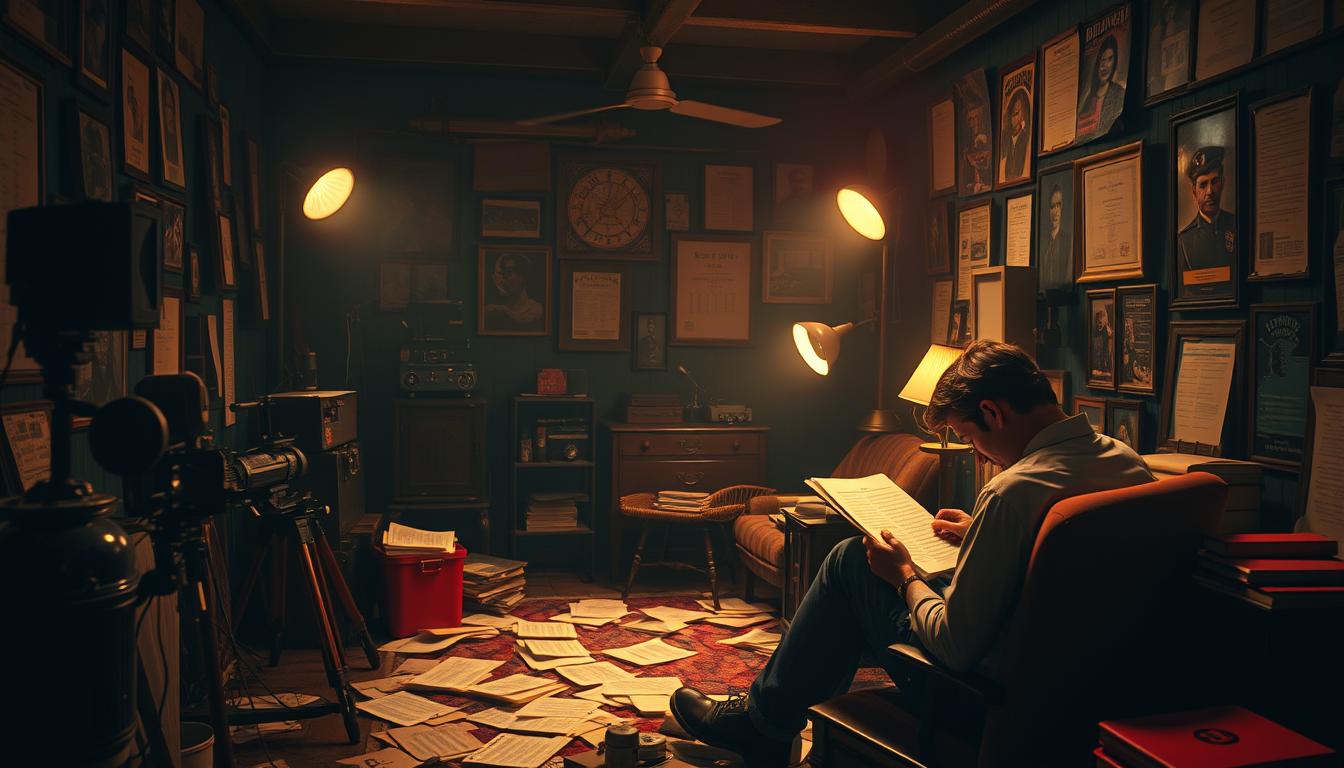Crafting Your Narrative: A Guide to Developing Story Ideas
Creating a compelling narrative begins with a simple seed: the story idea. Whether it’s a fleeting thought or a complex concept that’s been brewing in your mind for years, developing this idea into a rich, engaging narrative requires care, creativity, and persistence. This guide provides you with actionable steps and considerations to help you nurture your initial concept into a captivating storyline.
Finding Inspiration
Inspiration is everywhere, from the minutiae of daily life to the grand tapestry of history. To discover it, immerse yourself in a variety of experiences. Read widely across genres, listen to people’s stories, travel, if possible, to new places, and open your senses to the world around you. Keep a journal to jot down thoughts, observations, and questions that arise. These fragments can spark the initial idea that grows into your narrative.
Defining the Core of Your Story
Once you’ve found a semblance of an idea, it’s time to refine it. Ask yourself: What is the heart of my story? Is it the journey of a particular character, a unique world, a profound theme, or an intriguing plot? Deciding on the core of your story will provide direction as you develop your narrative and help maintain focus during the creative process.
Building Your World
World-building is especially crucial in genres like fantasy and science fiction, but it’s also important in realistic settings. Think about the social, political, and physical environments your characters inhabit. How do these elements influence the story? Crafting a vivid, believable world not only captivates readers but also provides a richer backdrop against which your narrative can unfold.
Developing Characters
Characters are the soul of your story. They are the medium through which your narrative is experienced. Therefore, create characters that are complex, relatable, and flawed. Understand their desires, fears, strengths, and weaknesses. Remember, characters should evolve over the course of your story in response to the challenges they face.
Plotting Your Narrative
With the world and characters established, outline the events of your story from beginning to end. Whether you prefer a detailed breakdown or a broad strokes approach, plotting helps ensure your narrative has pace, direction, and cohesion. Look for ways to weave the core elements of your story—theme, character arcs, and world-building—into each plot point to create depth and resonance.
Embracing Revision
Writing is rewriting. Your first draft is just the beginning. Embrace the revision process as an opportunity to refine and deepen your narrative. Seek feedback from trusted peers or mentors who can provide constructive criticism. Be open to making significant changes if they serve the story. With each revision, your narrative will grow stronger and more compelling.
Staying Motivated
Developing a narrative is a marathon, not a sprint. There will be days when the words flow effortlessly and others when progress seems insurmountable. On those tough days, remind yourself why you embarked on this creative journey. Revisit the essence of your story idea and the excitement it first sparked. Stay connected with a community of writers for support and encouragement.
Every story is a journey, both for the characters within it and for you, the writer. By nurturing your initial idea, committing to the creative process, and embracing each step of development, you can craft a narrative that resonates with readers and stands the test of time. So, grab your pen, open your laptop, and start writing—the world is waiting to hear your story.







